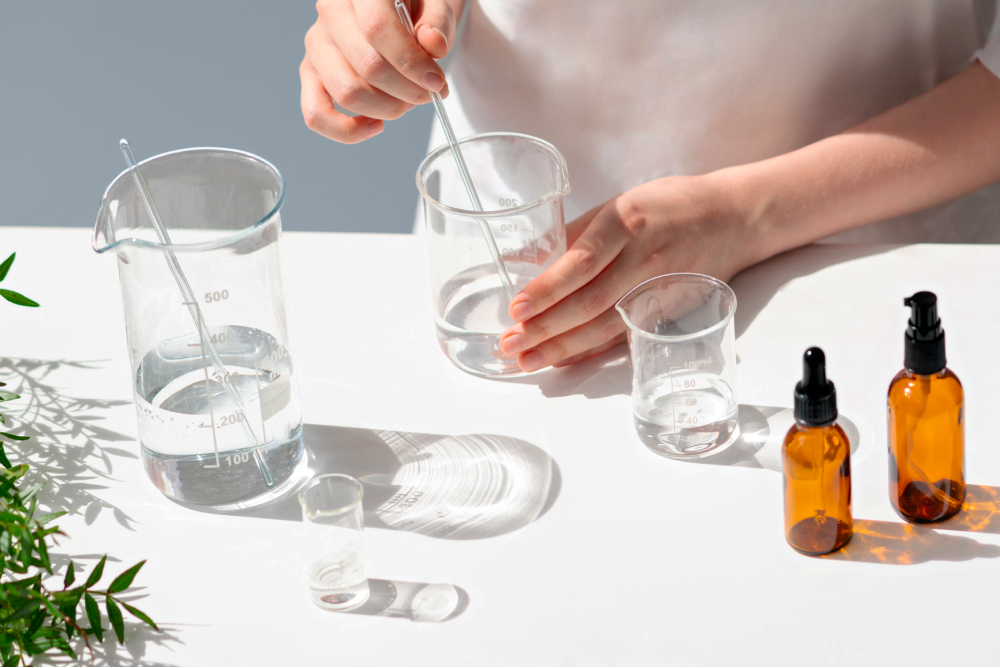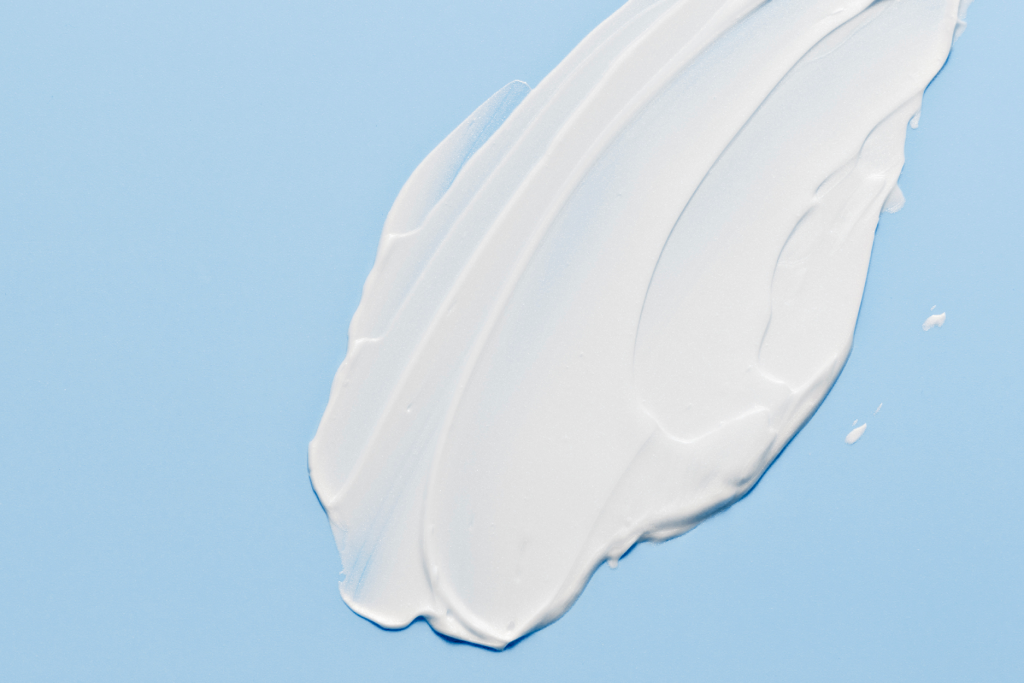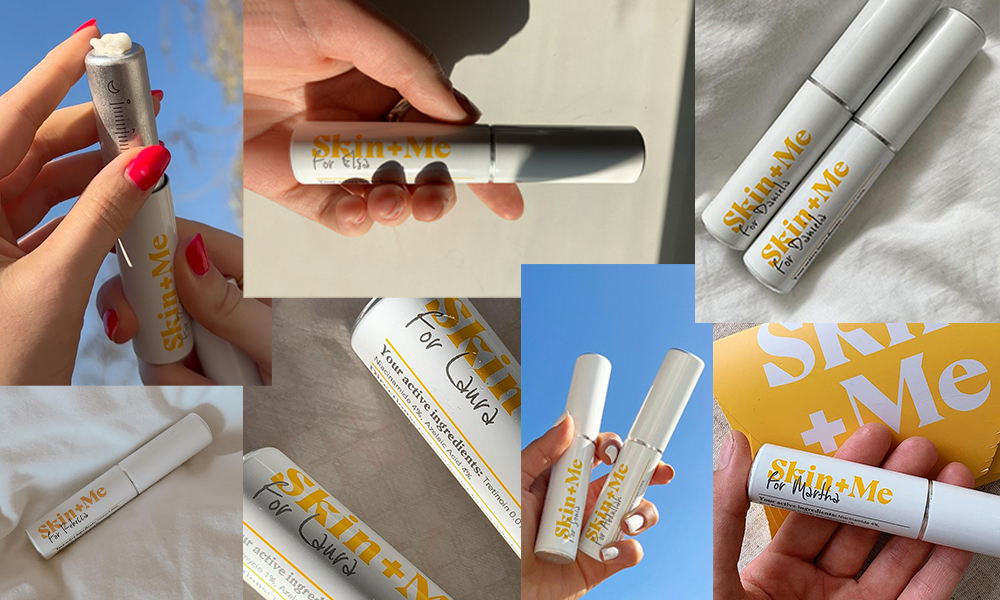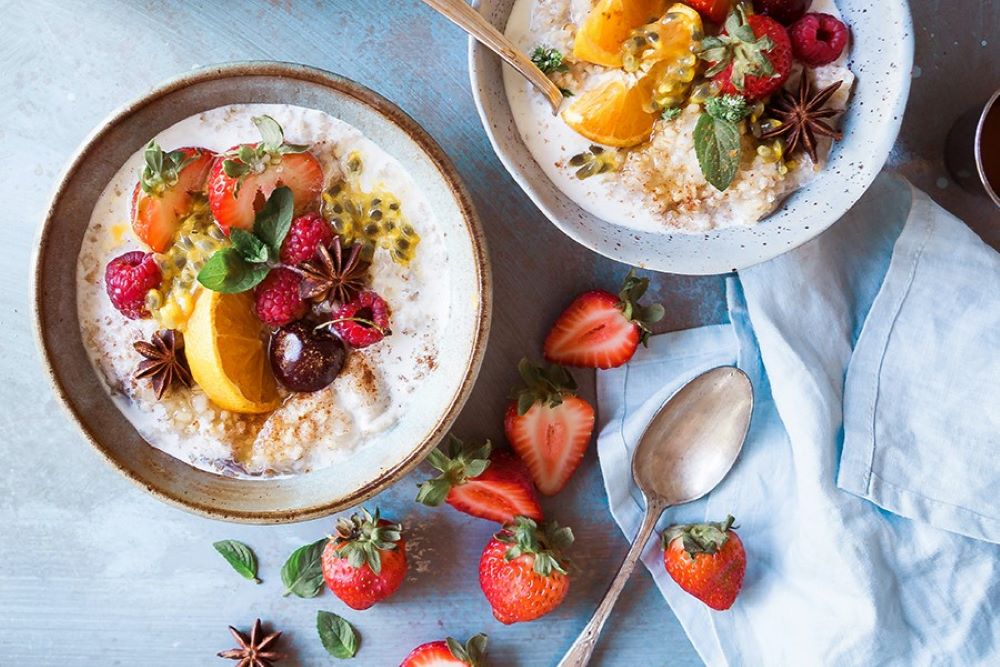Ingredient Deep Dive: Metronidazole

Link to share article here:
Skincare Science Secrets: Inside the World of Cosmetic Formulation Science
Skin + Me get the inside story from Daniel, Head of Research and Development at a Global Cosmetics Lab.
Ever wondered how your favourite skincare products are made? From cleansing balms to the nourishing night creams, serums and SPFs on your shelf, there’s a whole team of experts who design, create and test what goes in the tube, tub or tincture.
We spoke to Daniel, Head of Research and Development at a global cosmetics consultancy and manufacturing firm, to learn more about how the best products are formulated. With a background in chemistry, and a career heading up fast-moving cosmetic development for four years – he reveals the real difference between industry trends and scientifically-proven truth.
Read on, it might just make you look at your cosmetics in a whole new light.
Skin + Me: What does cosmetic product development look like from the science formulation side vs. the brand marketing side?
Daniel: A formulation scientist creates the product that’s physically in front of you. We generally work alongside a creative brief from a cosmetics brand and the main challenge is delivering what the client wants, or the best iteration of that. Trying to translate a vision of the ideal product into something tangible for the client – a product that has the integrity and elegance of a safe, effective formulation that’s a pleasure to use – is our mission.
We typically work to a brief and the more detail that’s included on that, the easier it is for us to deliver. Of course, some of the specifications can be subjective. Challenges around perception exist and the meaning of descriptors like ‘rich’ or ‘light’ can differ slightly.
“You could describe my job as half chemistry, half cooking.”
It’s a rewarding area of science and once you have an understanding of the fundamental chemistry involved, there’s definitely room for creativity. In fact, you could describe my job as half chemistry, half cooking. There are parallels to be drawn with the food industry. Although skin feel may be the goal rather than taste, it’s all about using your senses. Creating a new product is an iterative process – we typically improve the product over multiple rounds of samples, getting closer to the ideal each time.
Skin + Me: How has your role as Head of Research and Development broadened your understanding of how fast the industry moves – and what skincare can offer?
Daniel: I was 22-years-old when I first started in this business. And although I’ve always appreciated chemistry, I was a minimal user of cosmetics – basically just shower gel and occasionally some moisturiser. Innovating in the industry has grown my appreciation of the huge range of creative and scientific possibilities. There are lots of similarities between products at opposite ends of the market and that’s really eye-opening.
I trial all my own formulations – I don’t often buy my own cosmetics. Saying that, when it comes to fragrance, I still buy Bleu de Chanel. Some things are harder to emulate than others!
Skin + Me: What are your favourite ingredients in skincare and why?
Daniel: Glycerin is always high on my list of the best moisturising ingredients. It’s still up there with the most effective humectants for cosmetics. It’s cheaper than trendy alternatives, there’s a huge amount of data to back up and it’s considered completely safe for all skin types. The one downside is that at high inclusion levels, it can give a somewhat sticky skin feel, so knowing how to counteract that is important.
“Glycerin is still up there with the most effective humectants for cosmetics. It’s cheaper than trendy alternatives, there’s a huge amount of data to back up and it’s considered completely safe for all skin types.”
I also rate betaine as a humectant and anti-irritant. Betaine works well in combination with glycerin and can reduce glycerin’s characteristic stickiness. It’s also produced from by-products of the sugar industry, so it’s very sustainable.
Skin + Me: Is it challenging when you have a highly innovative creative product brief and you have to pragmatically work with a client to find a compromise between vision for a product and what can be delivered?
Daniel: Product development is client-led and it’s about balancing chemistry and scientific data with creativity and realism.
Obviously, budget plays a part in this. Honest dialogue is needed to deliver the best product at the best rate. Seeking quality and agreeing on balance is the pragmatic approach. I love an innovative brief – it’s obviously much more interesting to create something completely new than delivering a basic shampoo.
Innovative trends often arise from product format specifications. The waterless cosmetic trend is a good example. It makes sustainability sense to avoid shipping products that are primarily comprised of water around the globe, but it’s a much more technically challenging proposition to deliver on.
Skin + Me: Benchmark products are important as references in cosmetic development. Can you tell us more about why you use them?
Daniel: A benchmark is an existing product on the market that a client or brand may refer to when they want to create their own. A major challenge of formulation science is discerning what the client wants. The benchmark product forms the backbone for a lot of conversation and iteration.
To be clear, it isn’t about copying the benchmark and trying to make the same product, it’s about having a physical comparison tool. Because skin feel is objective, and the benchmark can act like the control in an experiment.
Popular benchmark products come from brands like Neutrogena and CeraVe. A benchmark may be selected for just one element of the formula such as a fragrance or texture, or it may be that the client wants to create a product that is similar in a number of aspects to the benchmark.
Skin + Me: What’s your take on tried and true technology vs. newer ingredients and industry trends?
Daniel: In the EU and UK, we have some of the most tightly regulated cosmetics markets in the world. I could talk for hours about how untruths and misrepresentations around certain ingredients can become amplified through social media, effectively ‘banning’ some of them from use when long-term scientific studies have proven them to be harmless.
Formulation scientists these days don’t often use parabens because consumers’ confidence is low (N.B Skin + Me products do not contain parabens). It’s a shame because not only are they extremely cost-effective, multiple studies show that they’re safe and non-sensitising.
“I could talk for hours about how untruths and misrepresentations around certain ingredients can become amplified through social media.”
As a result, many companies have turned to isothiazolinones as an alternative preservative and, whilst these have also been approved as safe, they can have a much greater sensitising effect (more likely to cause a reaction as a result of use over a prolonged period).
Sulphates in cosmetics are another group of materials that have a poor reputation. The trend is to say that they damage or strip hair. They can if they’re in a badly formulated product – but when used properly, they’re some of the best surfactants available. I would probably avoid using them in products for use on the face, but for body and hair cleansing they are perfectly safe and effective.
Obviously, consumer safety comes first but consumer perception is really close behind that. More education is needed here and consumer perception can change everything.
Skin + Me: So, if a brief comes to you asking for natural or less traditional preservatives to reflect modern consumer perceptions, how do you manage that?
Daniel: In my view, there are no 100% natural preservatives with an appropriate degree of efficacy that are suitable for all product types. Eco-Cert (voluntary certification to say products are natural or organic) will allow certain synthetic preservatives to be included in products they certify because they acknowledge that this is a necessity in order to achieve products that are safe for use.
Skin + Me: What do you think about ‘natural’ or ‘clean’ ingredients as a trend? Why do you think synthetic ingredients get a bad reputation?
Daniel: If a brief requires it, we can create’ natural’ products – up to a point. It’s important to note though why we’d be asked. Remember that in their neat (most potent, undiluted) form, some of the most dangerous and caustic materials we have on-site in the lab are essential oils – they’re completely natural ingredients. The issue here is that consumer perception simply equates ‘natural’ with ‘good’.
The saying, ‘the dose makes the poison’ is apt here. I’m happy that we’re beginning to see more people are waking up to the practice of ‘greenwashing’ and choosing science over trends. And it’s much more complex than ‘good’ vs. ‘bad’ ingredients.
Take, for example, sodium hydroxide. It’s incredibly caustic alone. When used in a cosmetic product to adjust the PH balance (a measure of acid vs. alkaline), it can result in the product being more friendly to the skin.
“I’m happy that we’re beginning to see more people are waking up to the practice of ‘greenwashing’ and choosing science over trends. And it’s much more complex than ‘good’ vs. ‘bad’ ingredients.”
Skin + Me: We know that synthetic ingredients are important in cosmetic formulations. What’s your take on natural vs. synthetic ingredients when it comes to efficacy?
Daniel: Synthetics are not a problem for me. Eight out of 10 times they can deliver what a natural ingredient can, effectively, at a lower cost, and (in some instances) more safely.
Synthetics tend to be functional ingredients, rather than those that are emphasised in marketing, but without which the product would be much poorer. This includes ingredients like polyacrylamides (used to thicken and improve skin feel) and many emulsifiers, which hold together the otherwise unmixable oil and water parts of the product. Silicones are another group of materials that get mixed reviews in terms of reputation and safety but they’re safe and have incredible versatility.
Skin + Me: Can we talk about packaging? Is a tube better than a jar because a jar exposes the product to more light and surface contact bacteria off our hands every time it’s opened? Does that mean there are higher levels of preservatives in jar products?
Daniel: It’s important to understand the packaging at the same time you get the formulation brief, as this can affect how you create it. For instance, you might add a UV blocker if the product will be packaged in a transparent jar or bottle. All products are required to meet a certain level of preservative efficacy, but generally speaking, it’s wise to include a higher level of preservatives in a product in a jar than in a tube or airless pump, for example. Perhaps there’s also a perception that products in certain types of packaging, like glass jars, are more premium.
Tubes, on balance, are often the best option, but it’s all relative to consistency. For instance, thick hair styling products like pastes and clays work better in a jar or tin as they would be difficult to get out of a tube. There are obviously environmental considerations to take into account, including the weight for shipping purposes and whether the packaging is easily recyclable. Marketing plays a huge role in packaging selection as well – It’s not just about the science of the product and the functionality of the packaging. There’s a psychological factor to buying cosmetics, which is where marketing comes in too.
Skin + Me: Can you tell us more about the molecule size of ingredients when it comes to how well they can penetrate the skin and pass the skin barrier?
Daniel: Absorption of a product into the skin isn’t dependent on the molecule size of the material alone. There are complex factors at play, particularly the degree of solubility in both water and oils, and to talk just about molecule size is an over-simplification. Having said that, there is a limit at which molecules above a certain size will not penetrate deeply into the skin, regardless of other factors at play.
Skin + Me: Tell us the difference between day cream, night cream and eye cream from a formulation-scientist point of view – are they more or less the same ingredient profile with small tweaks and in different packaging?
Daniel: To an extent, these will all have similar constituents. A water phase, oil phase, preservative, skin-concern specific actives, humectants for hydration and an emulsifier so the product doesn’t split.
Your day cream might have a lighter, water-based consistency and include an SPF. Night creams are generally restorative and richer. Eye creams may include specific active ingredients, or perhaps a material that scatters light to reduce the visibility of fine lines or wrinkles. There’s a huge degree of flexibility around every formulation, and each project will have its own specific requirements.
Daniel’s hot takes
On formulating for skin type
It makes sense for skincare to be targeted and there’s real value in formulation for skin type. Everyone’s skin is different but dermatologists broadly divide them into types.
On formulating for gender
There are slight differences between the male and female skin structures, but the same products can work equally well for both, they don’t need to be tailored to gender.
Women’s skin can change over the month depending on hormones. Men’s is generally more consistent, but both get drier with age. The most effective skincare recommendations differentiate by skin type and use what’s most suited to your skin type at the correct life stage.
Routine consistency works. The days of 12-step routines are numbered. People want simplicity in their lives and skincare – which is why targeted products and blended ingredient approaches are so beneficial. Why add unnecessary complexity? Let the experts do the hard work for you.
On single ingredient vs. combination blended skincare
The single ingredient approach is a bit of a misnomer. It’s rare that you’d use a single ingredient as virtually all formulations will include more than one ingredient – they’ll generally include diluents and preservatives as a minimum. Single-ingredient products can be beneficial if you have known sensitivity to certain materials and know what to avoid – plus the time and knowledge to tailor a routine yourself.
The amount of research to do that properly if you’re a layperson though can be prohibitive. The combination blended approach is usually best.
New to Skin + Me? Click here to start your healthier, happier skin consultation. Explore your full routine here.
On your Skin + Me journey? Learn more about our Invite a Friend Charity initiative here



